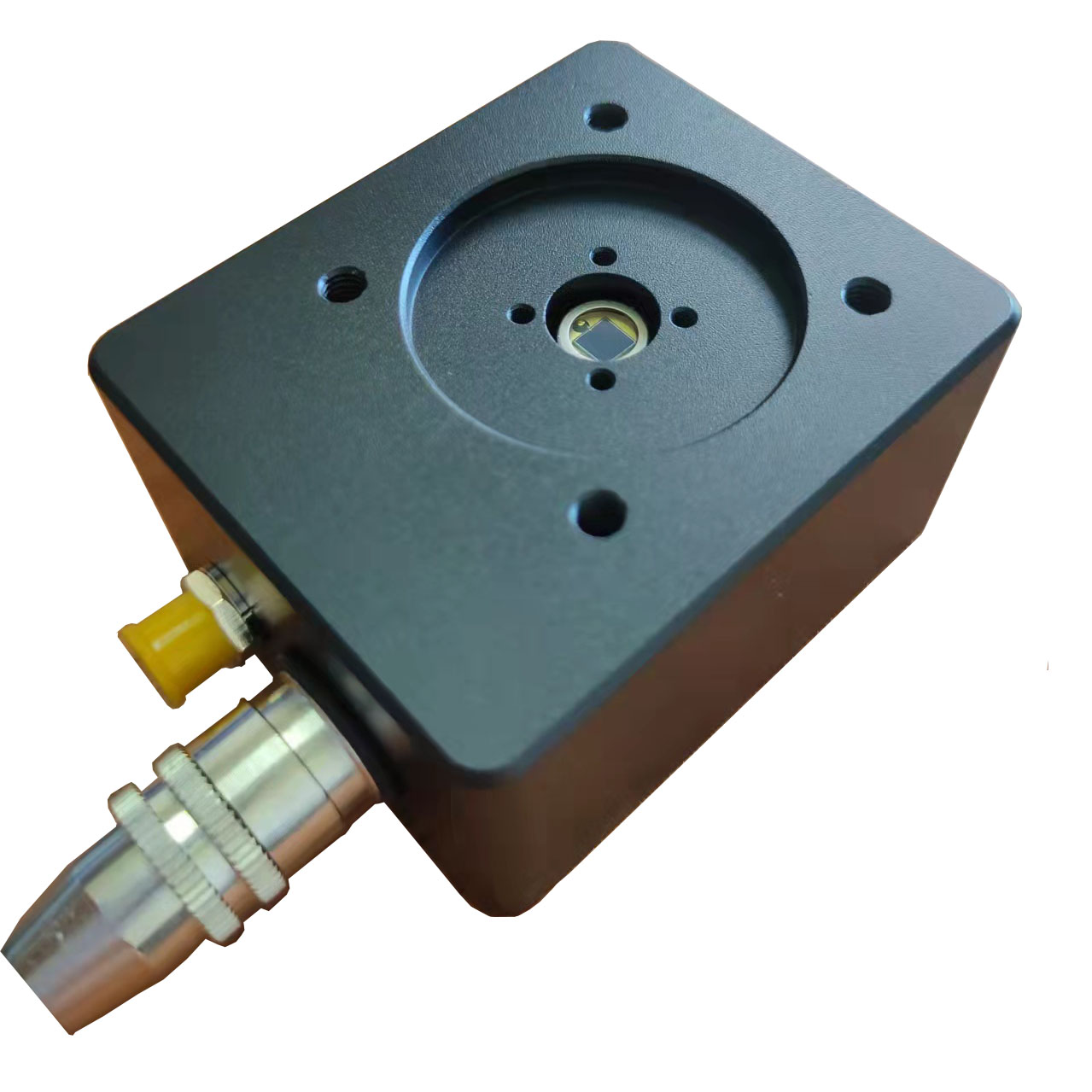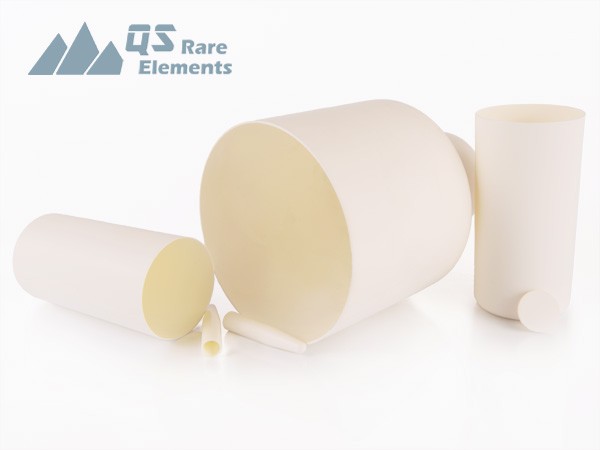Chinese Scientists Develop Novel Method for Growing High-Quality Aluminum Antimonide Crystals
Breakthrough in Aluminum Antimonide Crystal Growth
Researchers from the State Key Laboratory of Solidification Processing and Key Laboratory of Radiation Detection Materials and Devices at Northwestern Polytechnical University in Xi'an, China, have recently published a remarkable paper in the Journal of Crystal Growth, titled "Adhesion-free Bridgman growth of AlSb." The article details a new technique for growing aluminum antimonide (AlSb) crystals, in which the use of an adhesion-free vertical Bridgman method and a pyrolytic boron nitride (pBN) crucible has enabled the successful growth of large-grained AlSb crystals, overcoming the challenges posed by the high reactivity of aluminum.
Potential and Challenges of Aluminum Antimonide Crystals
Aluminum antimonide crystals, as a binary compound semiconductor, hold immense potential in the field of room-temperature detectors. Compared to high-purity germanium and cadmium zinc telluride detectors, AlSb crystals offer unique advantages. However, the growth of AlSb single crystals has been hindered by the strong adhesion between the crystal and the crucible wall, caused by the high reactivity of aluminum, a longstanding obstacle to their practical application.

Innovative Crystal Growth Approach
To address this challenge, the research team developed an in-situ synthesis method. They used a pBN crucible sealed within a quartz ampoule and controlled the reaction between aluminum and antimony through a two-stage process involving solid-state and liquid-state reactions at temperatures below the melting point. By employing a cyclic process of rapid directional solidification and remelting, they achieved homogenization and ultimately grew large-grained AlSb crystals using the vertical Bridgman technique.
Breakthrough in Adhesion-free Crystal Growth
The researchers characterized the obtained AlSb crystals using XRD and EDS analyses. The results showed that the crystals had a single sphalerite structure phase, with an atomic ratio close to the stoichiometric composition, with an Al:Sb ratio of 49.7:50.3. In conventionally synthesized crystals, the presence of aluminum nitride at the AlSb-boron nitride interface was observed, which was believed to be the cause of adhesion. By lowering the reaction temperature, the researchers successfully achieved adhesion-free crystal growth from the antimony-rich side, suppressing the chemical activity of aluminum during the AlSb Bridgman growth process and obtaining high-quality AlSb crystals with grain sizes larger than 5×5 mm².
The Crucial Role of pBN Crucibles
In this study, the pyrolytic boron nitride crucible played a critical role. pBN is considered a highly suitable crucible material for III-V semiconductor single crystal growth, as it does not affect the electrical properties of the crystals, even if it is incorporated into the crystal. The researchers placed the pBN crucible within a quartz ampoule and sealed it with a quartz lid to minimize antimony evaporation. By conducting in-situ synthesis at temperatures below the melting point of AlSb and employing a two-stage solid-state and liquid-state reaction process, the researchers successfully avoided the formation of aluminum nitride, effectively suppressing the chemical activity of aluminum during the AlSb Bridgman growth, enabling adhesion-free growth.
It is worth noting that QSAM Inc., as a leading manufacturer of pBN crucibles in the market, provides high-quality customized services to research users, meeting the diverse material systems and growth conditions requirements. The high-quality pBN crucibles provided a reliable hardware foundation for the crystal growth research.

Future Outlook
The unique AlSb synthesis and vertical Bridgman growth process proposed in this study offer a new approach for growing high-quality AlSb crystals. As this technology is further optimized and refined, it holds promise for the practical application of AlSb crystals in areas such as room-temperature detectors. The continuous exploration and innovation by Chinese scientists in the field of semiconductor crystal growth will inject new momentum into the development of the country's electronic and information industries.
